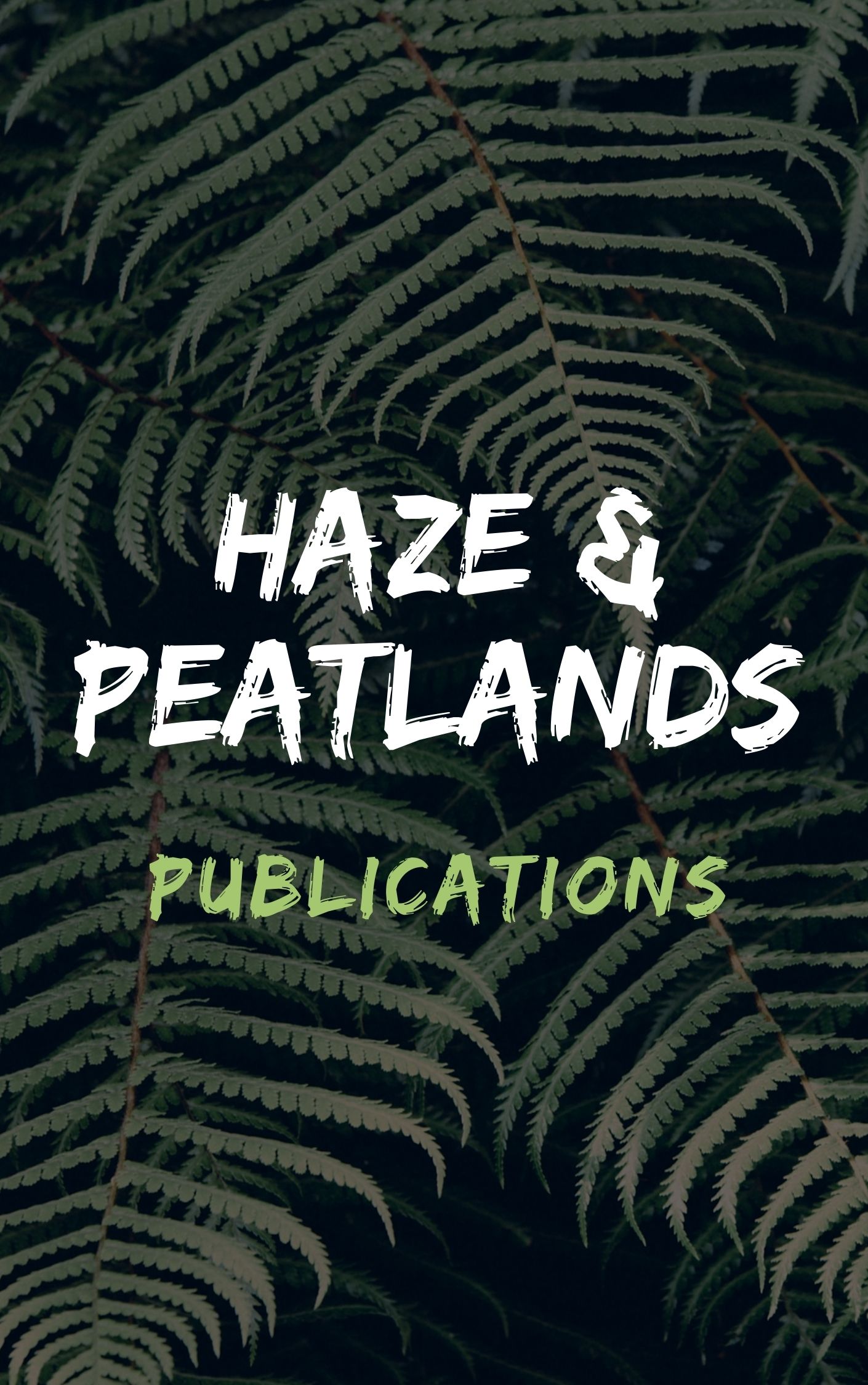Southeast Asia's coastal lowlands have been dominated by forested bog-type peat swamps, covering over 24 million hectares and storing approximately 68.5 Giga tons of carbon. Since the 1980s most peat swamps in Sumatra, Borneo and Peninsular Malaysia have been affected by logging and conversion to drainage-based land-uses. In Indonesia this started as part of large-scale transmigration schemes. Later, planta- tion development for palm oil and Acacia (pulp for paper) production became the main drivers throughout the region. Drained peatlands are affected by continuous oxidation and the desiccated landscapes have been frequently hit by widespread peat fires, affecting millions of hectares and causing major smog events. The resulting CO 2 emissions contribute substantially to climate change. Peatland drainage also results in soil subsidence, which in time will cause increased and prolonged flooding and subsequent loss of productivity. The paper suggest that this can be prevented only by rewetting the peat and introducing alternative - wet - production systems (paludicultures) preferably involving permanent crop species. This may be best done as part of mixed business approaches and may offer also opportunities for gaining carbon credits from peat conservation and carbon sequestration carbon under produc- tive land-use, adding to sustainable livelihood options for local people. © Springer Science+Business Media B.V., part of Springer Nature 2018. All rights reserved.
View source

